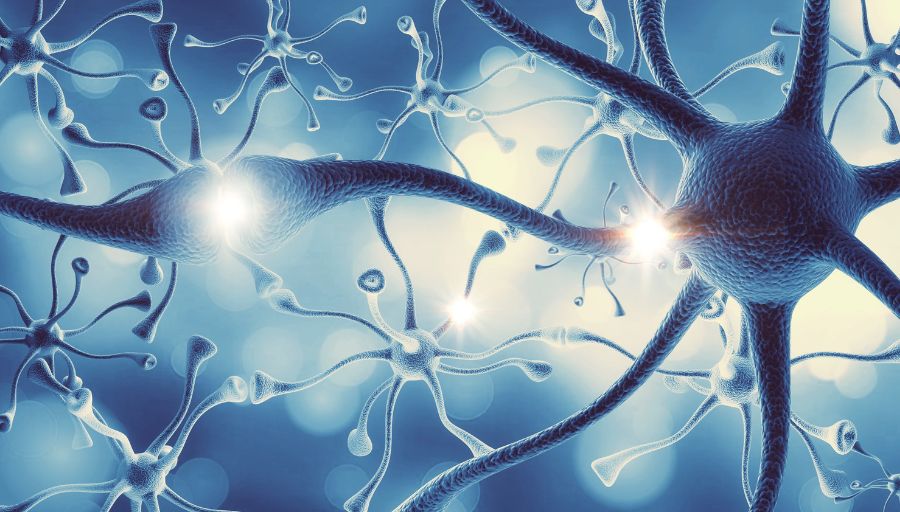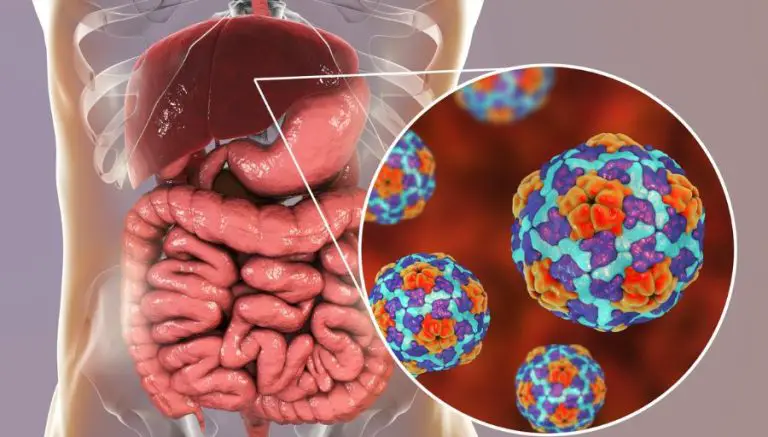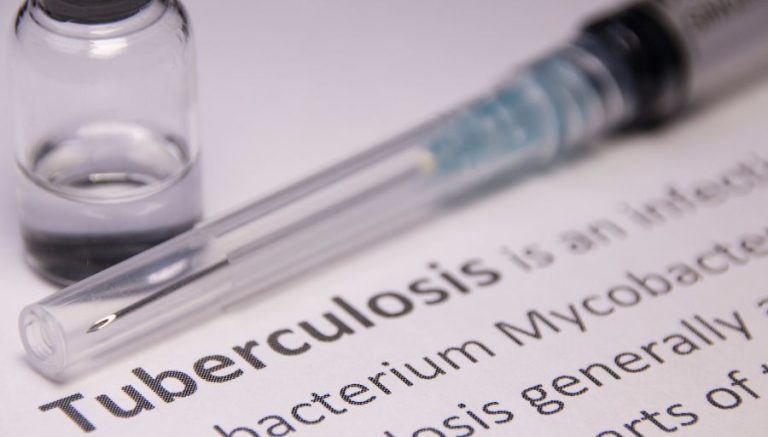Tuberculous Meningitis & Meningeal Tuberculomaloma Explained &
Below we cover Tuberculosis of the nervous system. First, we’ll cover Tuberculous meningitis, Meningeal tuberculoma, and lastly, other nervous system tuberculosis.
1. Tuberculous Meningitis
Tuberculous Meningitis is a manifestation of tuberculosis (TB) of the central nervous system due to infection by Mycobacterium tuberculosis that causes inflammation of the protective membranes (meninges) around the brain and spinal cord, which can occur even under appropriate antitubercular therapy.
Tuberculous meningitis is also known as:
- Tuberculosis of the meninges (cerebral)(spinal)
- Tuberculous leptomeningitis
1.1 Symptoms
A patient with tuberculous meningitis experiences fever, malaise, anorexia, myalgia, headache, stiff neck, focal neurological deficits, behavioral changes, and altered mental status. Children might experience night sweats, seizures, and abdominal symptoms such as nausea and vomiting.
1.2 Diagnosis
Providers diagnose the condition based on positive reports of the patient’s cerebrospinal fluid for Mycobacterium tuberculosis, tuberculin skin test, and previous history of tuberculosis or active disease. MRI or CT is also indicated.
1.3 Treatment
Treatment includes standard antituberculous chemotherapy, starting with isoniazid, rifampin, rifabutin, pyrazinamide, and ethambutol for two months, followed by longer-term (9–12 months) isoniazid, rifabutin, and rifampin for maintenance; other drugs may be tried if these drugs are ineffective.
At times, adjunctive steroid therapy helps treat symptoms of swelling and inflammation. In severe cases, surgical therapy is indicated to treat hydrocephalus, tuberculous tumors (tuberculomas), and abscesses. There is a high mortality rate for this condition.
2. Meningeal tuberculoma
Meningeal tuberculoma refers to firm, avascular, spherical masses in the protective membranes (meninges) surrounding the brain and spinal cord, a manifestation of tuberculosis meningitis (TBM) caused by Mycobacterium tuberculosis, which can occur even under appropriate antitubercular therapy.
Meningeal tuberculoma is also known asuberculomaloma of meninges (cerebral) (spinal).
2.1 Symptoms
A patient with Meningeal tuberculoma experiences severe headache, papilledema, and seizures due to increased intracranial pressure and other symptoms of TBM, such as focal neurological deficits, behavioral changes, and altered mental status.
2.2 Diagnosis
Providers diagnose TBM based on positive reports of the patient’s cerebrospinal fluid (CSF) for Mycobacterium tuberculosis, tuberculin skin test, and previous history of tuberculosis or active disease. MRI or CT scans reveal the presence of Tuberculoma loma(s).
2.3 Treatment
Treatment includes standard antituberculous chemotherapy for TB, starting with isoniazid, rifampin, rifabutin, pyrazinamide, and ethambutol for two months, followed by longer-term (9–12 months) isoniazid, rifabutin, and rifampin for maintenance; other drugs may be tried if these drugs are ineffective.
At times, adjunctive steroid therapy helps treat symptoms of swelling and inflammation. Surgical therapy may be employed to treat Tuberculoma loma(s).
3. Other tuberculosis of the nervous system
Other nervous system tuberculosis is a rare manifestation of tuberculosis (TB) caused by Mycobacterium tuberculosis, which can occur even under appropriate antitubercular therapy.
3.1 Symptoms
A patient with tuberculoma of the brain and spinal cord can experience fever, headache, and stiff neck along with focal neurological deficits, behavioral changes, and altered mental status.
Children might experience seizures and abdominal symptoms such as nausea and vomiting.
3.2 Diagnosis
Providers diagnose the condition based on positive reports of the patient’s cerebrospinal fluid (CSF) for M. tuberculosis, tuberculin skin test, and previous history of tuberculosis or active disease. MRI or CT scans reveal the presence of tuberculoma(s).
3.3 Treatment
Treatment includes standard antituberculous chemotherapy, starting with isoniazid, rifampin, rifabutin, pyrazinamide, and ethambutol for two months followed by longer term (9–12 months) isoniazid, rifabutin, and rifampin for maintenance; other drugs may be tried if these drugs are ineffective.
At times, adjunctive steroid therapy helps treat symptoms of swelling and inflammation. Surgical therapy may be employed to remove the tuberculoma(s).





